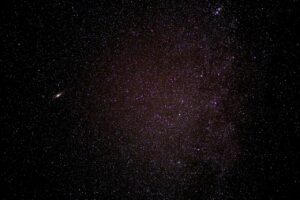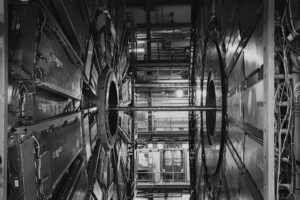Signals from the space. Short story of the discovery of a pulsar
4 min read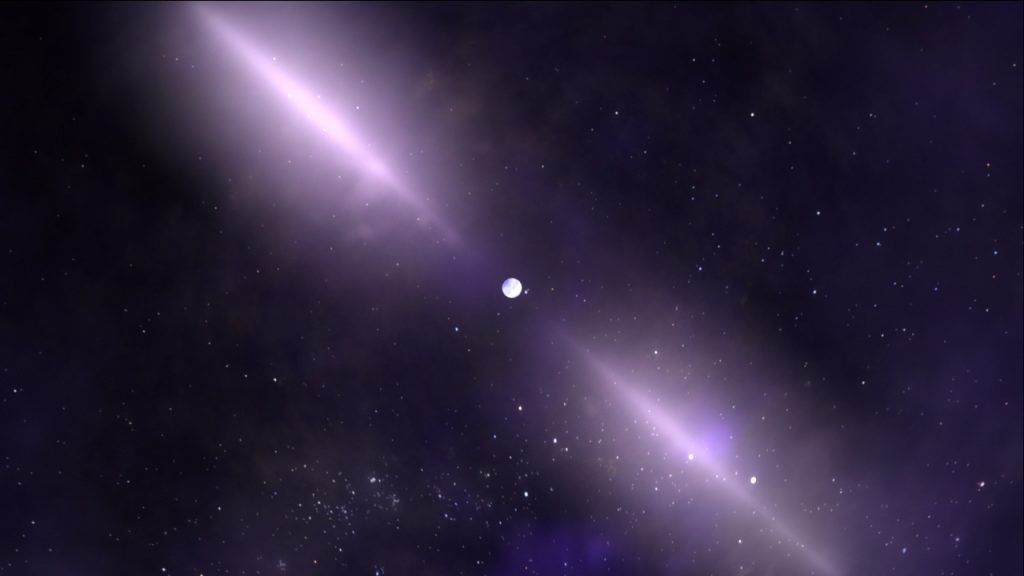
Recently didn’t go unnoticed a statement of the ex president of the United States of America Barack Obama, who invited to pay attention to unidentified objects which constantly fly around us. Men’s history has always been intertwined with the curiosity of knowing extraterrestrial civilizations: literature, cinema, religions have expressed themselves for a long time on this.
The history I want to tell today is however the one of a specific signal which we have picked up from the space, precisely in 1967. The protagonist of our story is a north – Irish scientist which answers to the name of Jocelyn Bell: during her doctorate in astronomy she dealt with the construction of a huge radio telescope, big as 60 tennis fields, to intercept the radio waves emitted from sources that at that times were less known. They were very bright galaxies, at the point of being baptized “almost stars”, and today they are called QUASAR (Quasi-stellar radio sources).
One day, through the huge amount of data which had to be analyzed, Jocelyn found a signal which would have changed her life.
Beep (1 second)
Pause (1 second)
Beep (1 second)
She panicked immediately. There were at the time no knowledge of sources capable of emitting a so accurate sound. Jocelyn took a deep breath and understood: it had to be forms of alien civilization who were trying to keep in touch with her. She baptized this source LGM1, “little green man”, as she pictured them. That signal that she has, in her radio telescope, was the proof of the first communication with an alien civilization, the proof that we weren’t alone in this Universe.
Few days later, if possible, an even bigger surprise: same identical signal, but from the opposite side of the sky. Oh God, another alien civilization who wants to interact with us? No one has calculated us for centuries and now we are so requested!
And when it went from two to three, then four, five signals from different points of the Universe, she and her professor understood that being surrounded by little talkative green men was very not probable. Jocelyn Bell didn’t discovered an alien civilization, she discovered a new class of sources: the Pulsar.
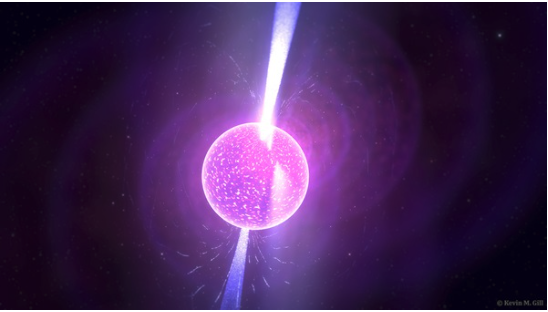
When a massive star dies, it usually explodes, breaking free of her most external layers and leaving to the center a small and very dense object, which is usually indicated with the name of “neutron star”. It’s an object so dense that if we could get closer and take a spoon of neutron star coffee, this would weigh 300 kg tons.
Some neutron stars have also another particularity: a beating heart capable of emitting at different frequencies, from radio waves to gamma rays. These ultra-compact bodies give origin to intense magnetic fields, to the most intense known. They can rotate until a thousand of time per second, generating an electric field capable of ripping electrons and positrons (the antiparticles of electrons) and accelerate them in the space, giving birth to a strong production of antimatter and energies that we can reveal.
Because of their strong magnetic fields they do not irradiate isotropically (so in every direction), but in small cones. The combination between this emission and the rotation of the star produces the same optical effect of a lighthouse on the sea when, enlightening and rotating, this seems to blink; in this case the optical effect is that the star pulses, hence the name Pulsar, or “pulsing star”.
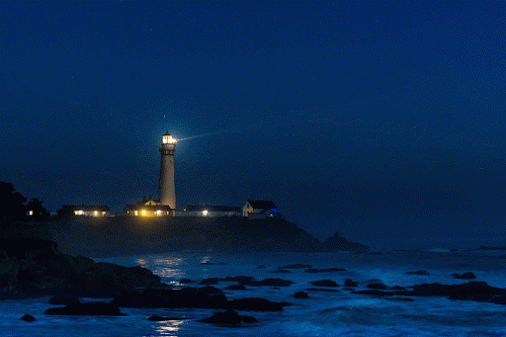
The discovery of Pulsar was so revolutionary to value the Nobel Prize for Physics in 1974. Obviously she didn’t win it because her being a woman and inclined to care: the Prize was assigned to her doctoral supervisor and she wasn’t even mentioned during the awarding ceremony. However she didn’t resign herself and kept studying. Into deep there was something that no men could have taken away from her: she was the first women to hear the sound of a Pulsar.
The inspiration for this article was taken from a beautiful talk to Famelab Italy in 2018 from Edwige Pezzulli, very strong friend and scientist. I dedicate it to her and to all the women in science, which, despite all the intrinsic difficulties and contradictions of a society that wouldn’t want them out of the kitchen, contribute to the progress of knowledge. Thank you.

Sono Sara, studentessa di lingue e culture per il commercio internazionale presso l’Università di Verona. Amo scoprire nuove culture e tradizioni attraverso il viaggio, grazie al quale mi sono appassionata alle lingue straniere, ed in particolar modo all’inglese e allo spagnolo. Tra le mie passioni figurano la danza e il canto, due discipline che mi accompagnano sin da piccola e attraverso le quali riesco ad esprimere me stessa, così come la lettura di libri, trascorrere il tempo ascoltando musica e guardare film e serie TV. Uso inoltre la scrittura (creativa e non) come valvola di sfogo per fuggire dalla realtà quando mi ci sento intrappolata. Se mi chiedessero cosa è per me la comunicazione al giorno d’oggi potrei tranquillamente dire che è uno dei vettori su cui si basa la società moderna, ed è perciò di fondamentale importanza veicolarla correttamente

